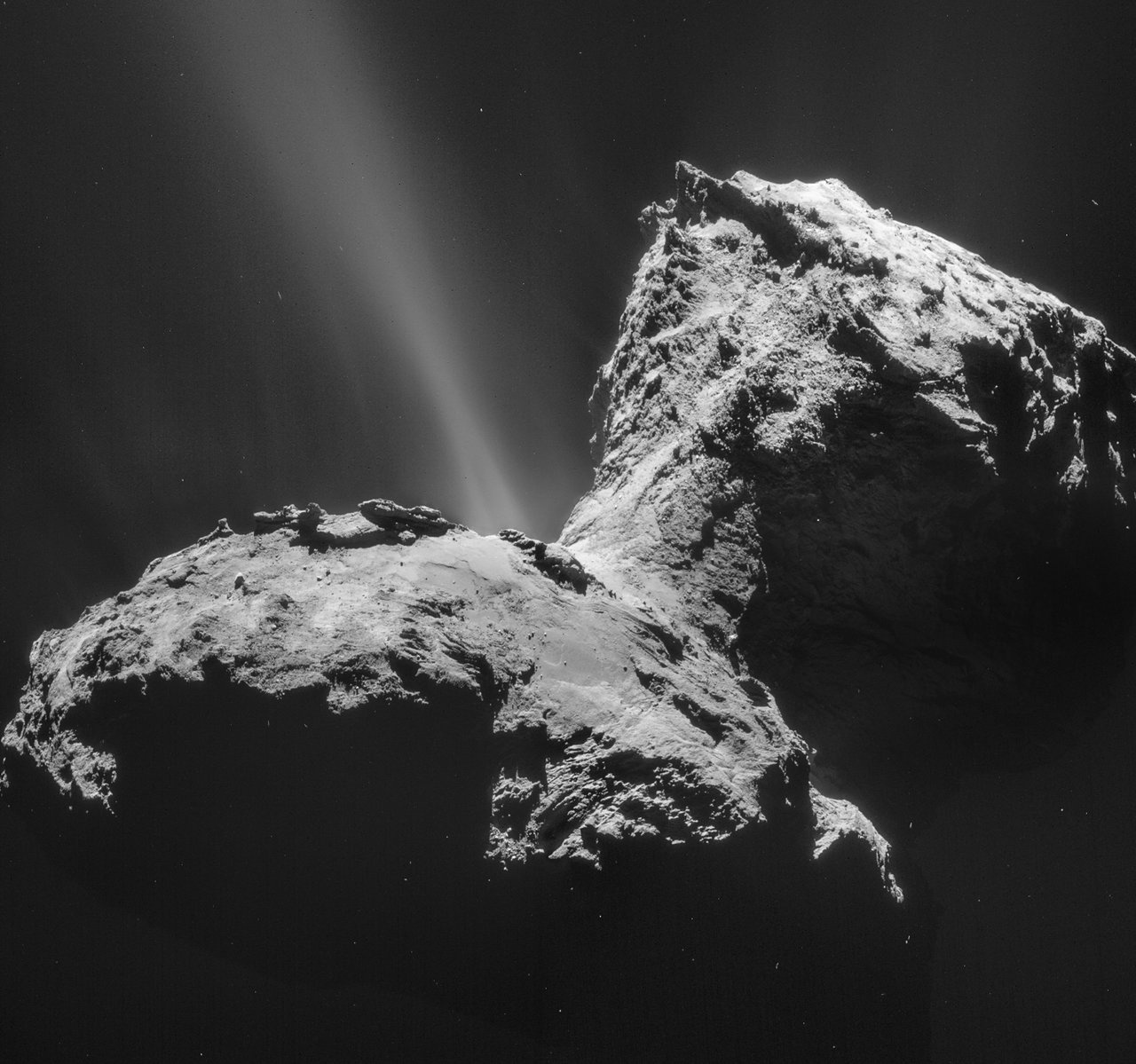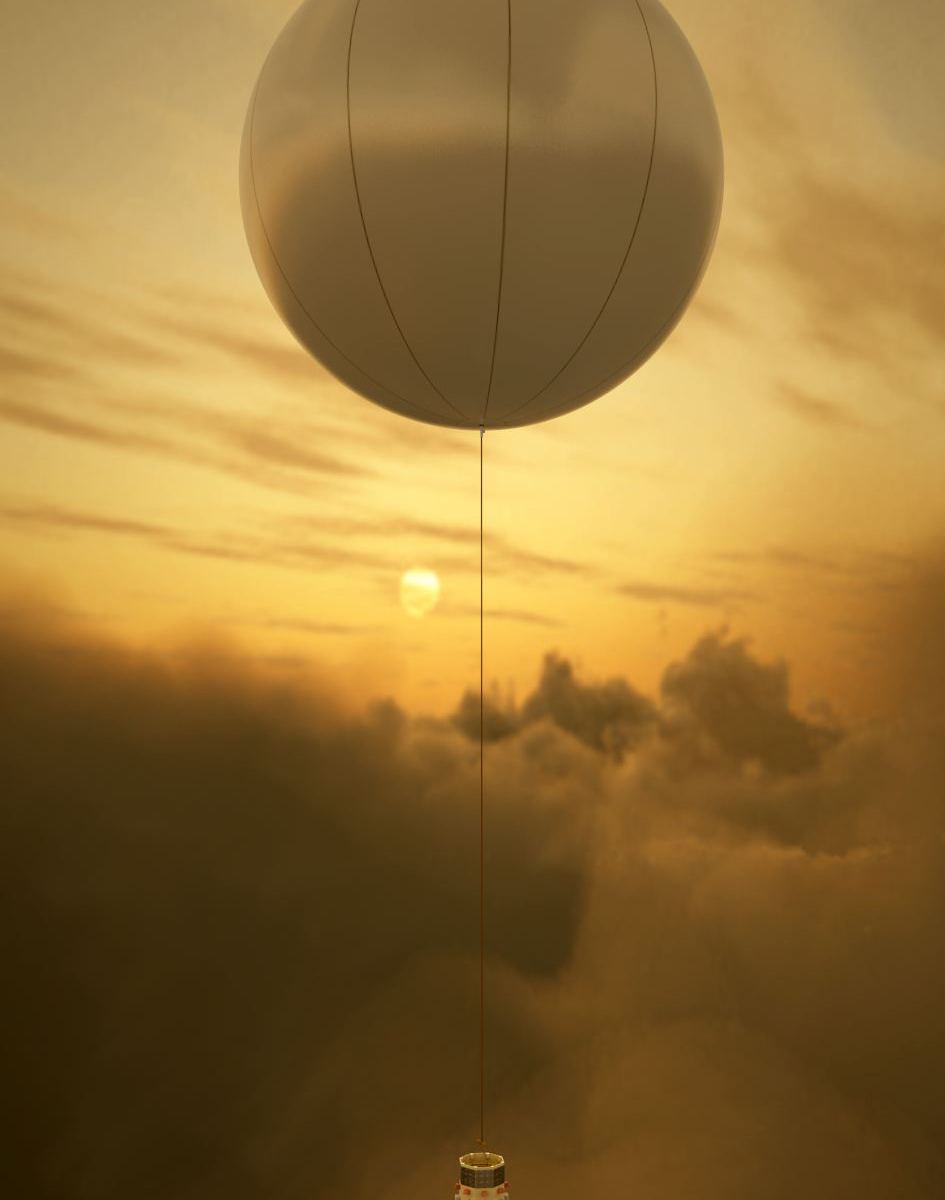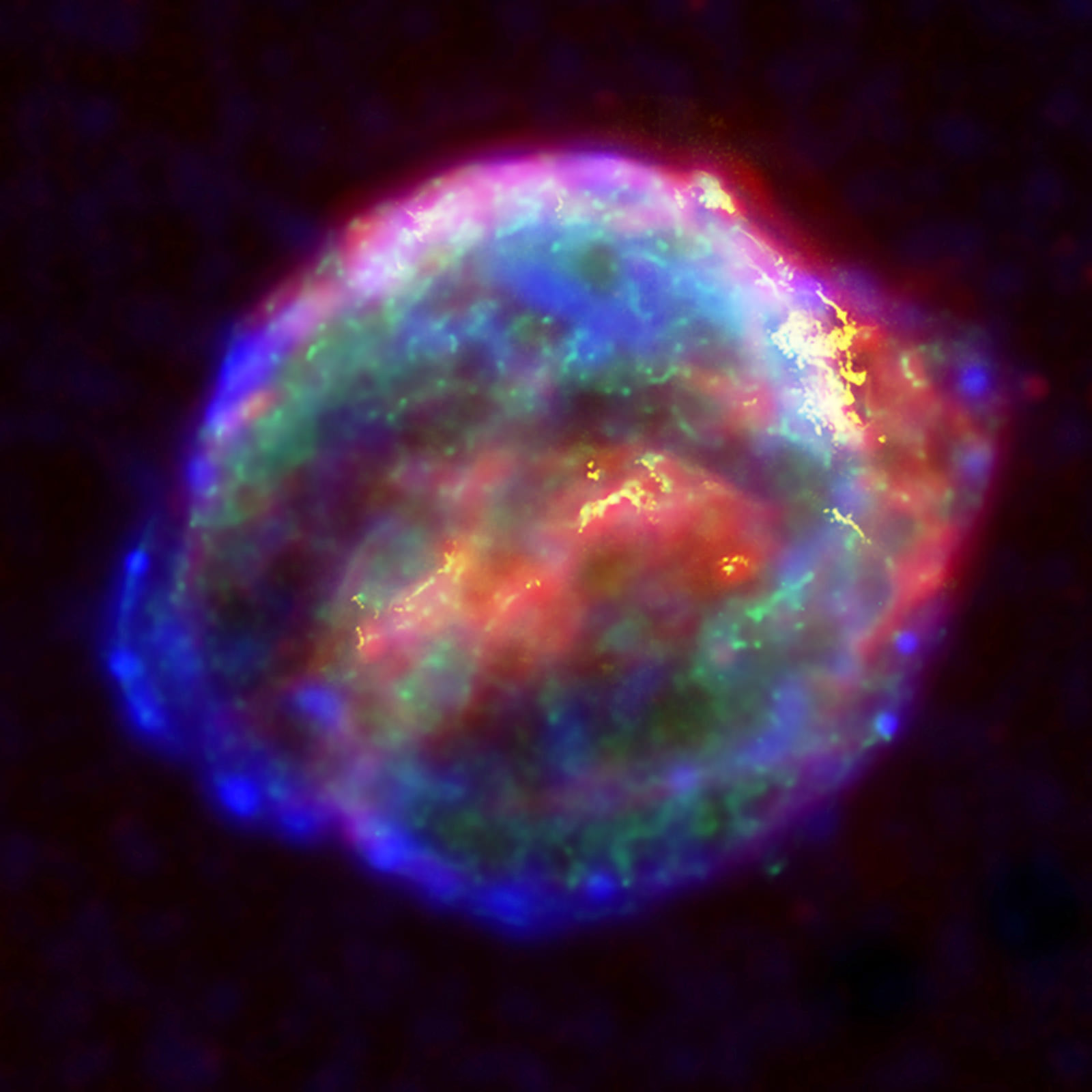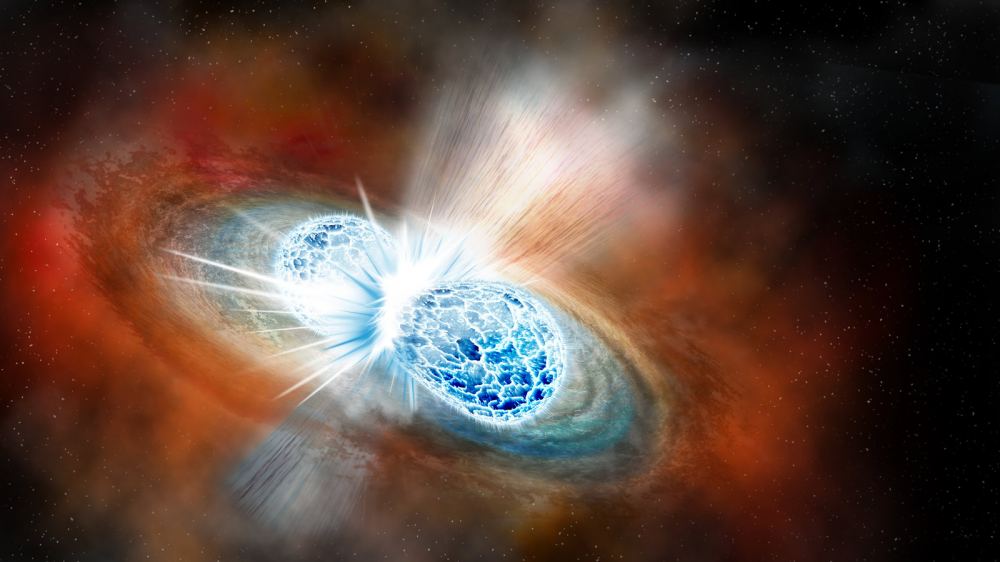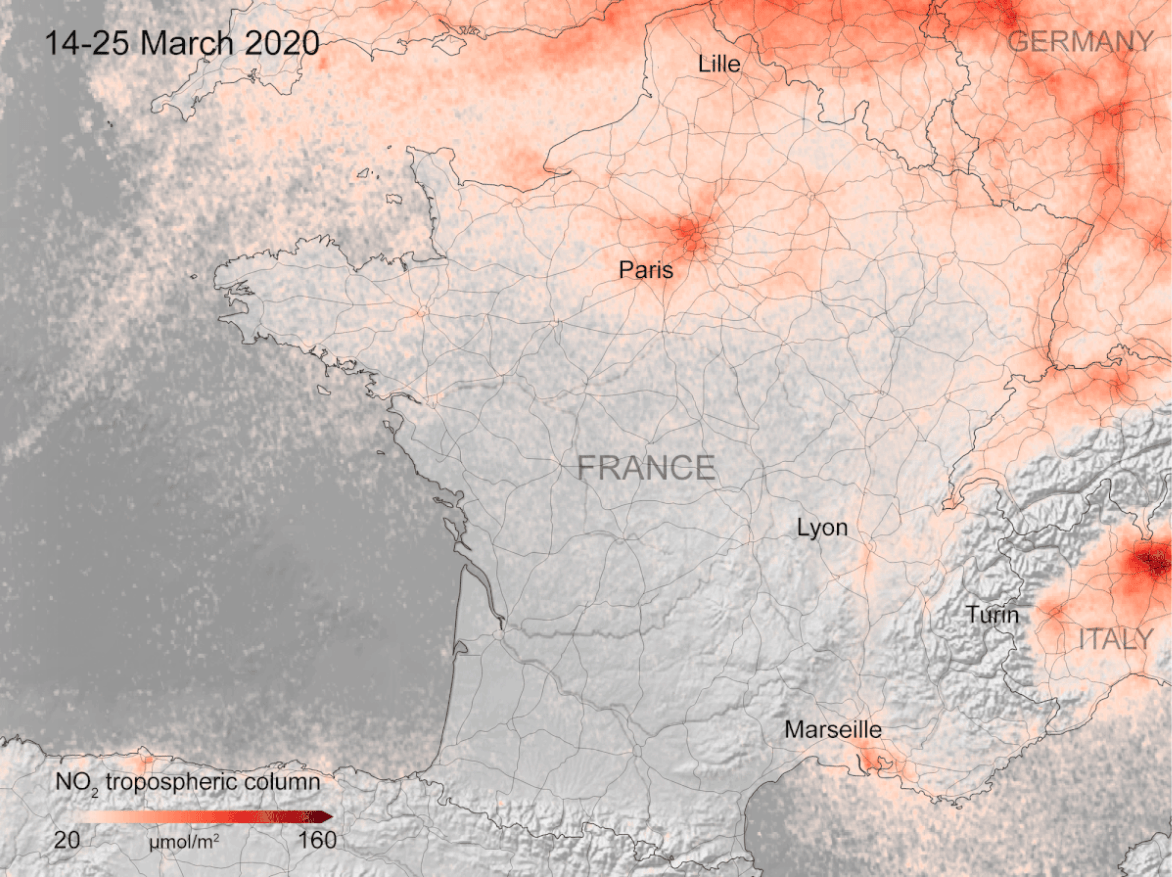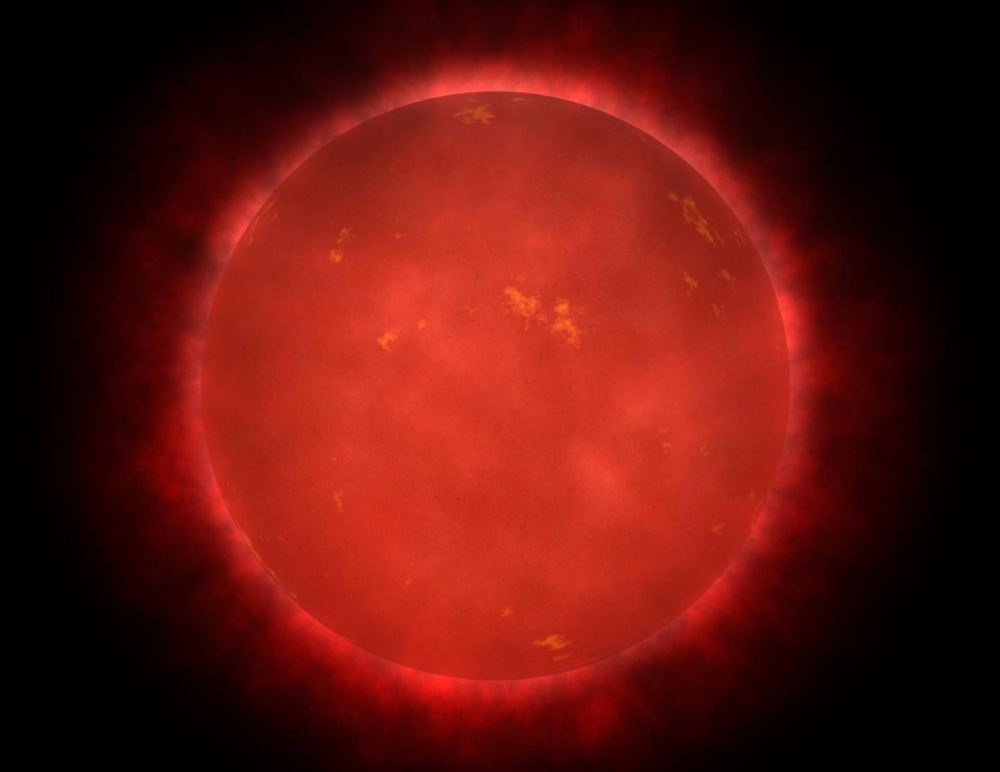Did comets deliver the elements essential for life on Earth? It’s looking more and more like they could have. At least one comet might have, anyway: 67P/Churyumov–Gerasimenko.
A new study using data from the ESA’s Rosetta mission shows that the comet contains the life-critical element phosphorous.
Continue reading “Solid Phosphorus has been Found in Comets. This Means They Contain All the Raw Elements for Life”
